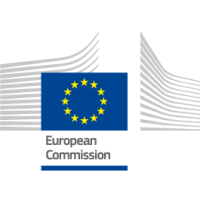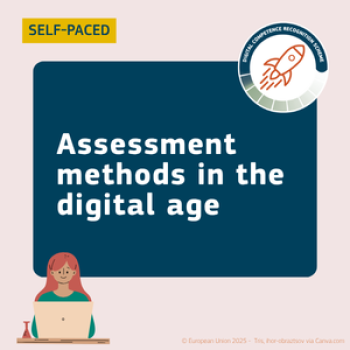
Online tutorial: Playful learning for reading: A child-centred approach in the classroom
In the early years, children learn to read through a combination of phonics, vocabulary development, and exposure to rich language experiences. However, mastering both decoding and comprehension can be challenging. While some children may struggle with recognising letter-sound relationships, others may decode words but fail to grasp their meaning.
Description
Developing reading fluency, building background knowledge, and engaging in interactive storytelling are key strategies to support young learners. Encouraging discussions about texts, using visuals, and connecting reading to real-life experiences help bridge the gap between recognising words and truly understanding them.
Through hands-on practices, this online tutorial will equip educators with the necessary tools to support pupils’ learning, starting from early childhood education and expanding to higher educational grades!
Join us to explore various effective strategies for building reading fluency & comprehension strategies among your students.
Aims of this tutorial are:
- To explore how different learning environments support literacy development in young children.
- To define reading readiness.
- To explore games that help children develop reading and writing skills.
- To bring examples of situations where children can use their early reading and writing.
Learning objectives
- Explore the different learning environments that support literacy development;
- Find ideas and resources to develop phonics, letters, and reading games for young learners.
- Learn what reading readiness is and identify children who are ready to read and write.
- Recognise early literacy development in teaching, identify initial writing stages, and assess children's spontaneous writings (ads, letters, stories).
Methodology & assessment
Certification details
This tutorial is designed for self-paced learning and although it provides valuable insights and activities, it does not include a certification.
Additional information
-
Language:English
-
Target audience ISCED:Primary education (ISCED 1)Lower secondary education (ISCED 2)Upper secondary education (ISCED 3)
-
Target audience type:TeacherHead Teacher / PrincipalTeacher Educator
-
Learning time:Less than 5 hours




